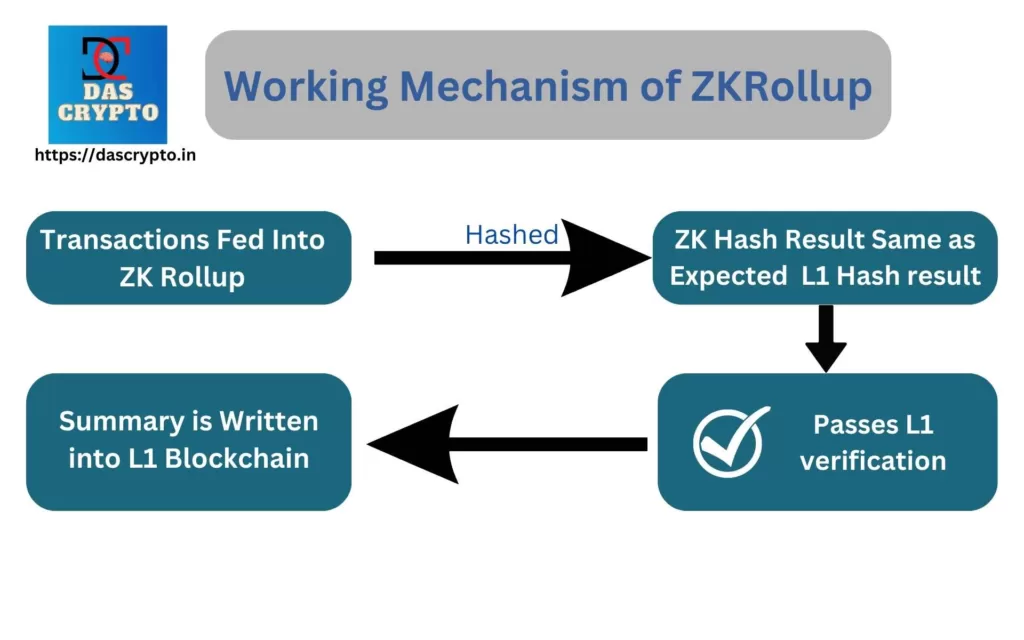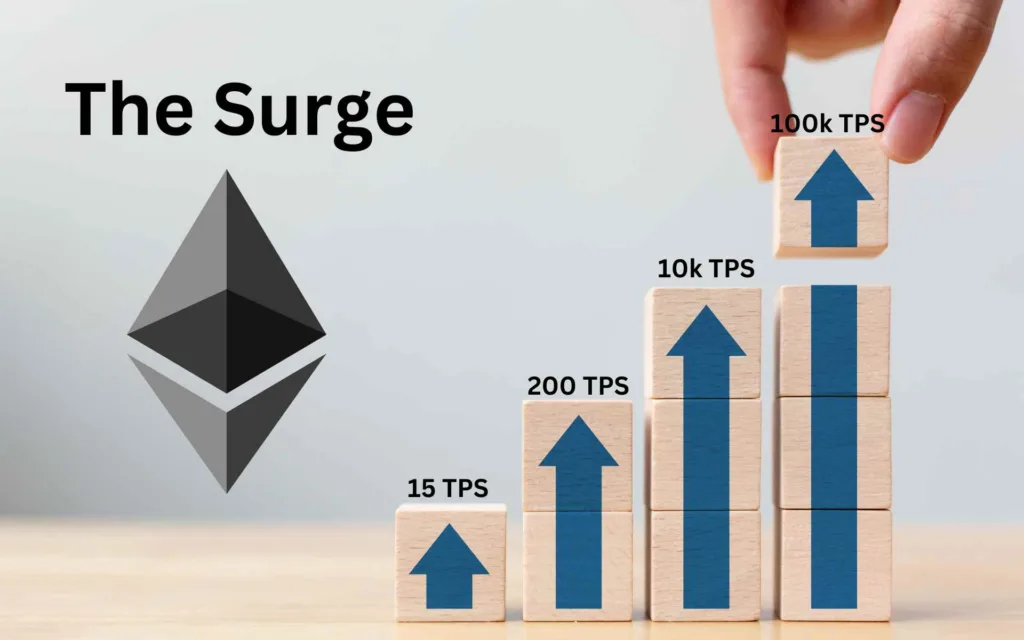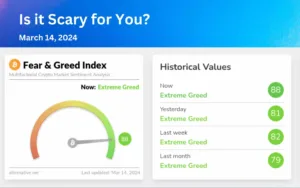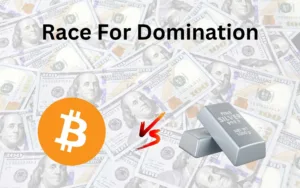Key Takeaways:
- Reduces gas fees and increases transaction speeds.
- Adds a temporary storage in ETH blocks called “blobs”.
- Part of the Surge series of upgrades
Ethereum is going to implement its Dencun Upgrade on March 13, 2024. The upgrade will add roll-up like features on its blockchain which will help reduce its dependency on L2 blockchains.
The Dencun Upgrade is scheduled for 14:00 UTC on 13 March 2024.
Table of Contents
What is the Dencun Upgrade?
The Dencun Upgrade adds rollup like featured similar to Ethereum’s Layer-2 solutions such as zkSyncEra, Polygon, Arbitrum and Optimism to boost the network capacity of Ethereum (currently 10-15 TPS).
Ethereum has become a slow blockchain because it relies on more than 900k validators to verify every single transaction. Evidently passing a single transaction through so many validators would definitely slow them.
Layer-2 solutions use a technique called rollups to speed their transaction speed. They collect a bunch of transactions and roll them up into a bundle. Now instead of verifying each transaction, L2s verify the summary of this bundle. Due to Merkle Tree calculations, if there is a single bad transaction in the bundle, it will create a different result than what was expected and hence, the bad transaction could be identified.

Layer-2s submit the summary of all these transactions to Ethereum which then helps validate the bundle as a whole. This validation is done in a similar way as an ordinary transaction on the Ethereum Blockchain. Since, each bundle is validated as a single transaction, it helps save gas fees which reduces the transaction costs on Layer-2 networks.
The Dencun Upgrade seeks to add a special feature into each block called a “blob“. These blobs would store individual transactions and then the summary of the entire blob will be verified on the Ethereum blockchain. All of this will take place in a similar way as verifying bundles on Layer-2 s.
Now since each blob will exist on the Ethereum (instead of bundles which exist on L2 blockchains), it will help make Ethereum more secure.
Need for this Upgrade
The upgrade aims to implement several features for the benefit of Ethereum users.
- Reduction in Gas Fee: The network congestion in Ethereum causes very high gas fees which often makes it unusable for small transactions. This causes Dapps and several Blockchain applications (like metaverses) to become non-economical.
- Reduce Reliance on L2s: Since Ethereum is a permission-less Blockchain, anyone can create an L2 and start verifying transactions. In case, the L2 is not properly secured, it would pose serious risk to the funds of Ethereum users.
- A Stepping Stone Towards The Surge: The surge is the second major upgrade on Ethereum after it switched to a proof of stake consensus mechanism. It aims to provide scalability to the Ethereum blockchain through Sharding. Dencun Upgrade provides a stepping stone to the Surge Upgrade by impelemting a lighter version of Sharding called as the Proto-Dank Sharding.
Ethereum and The Surge

Surge is the ongoing series of upgrades in Ethereum’s roadmap which aims to increase its network speed to around 100k transactions per second.
Starting with the Dencun Upgrade on 13 March 2024, which Implements Proto-Dank Sharding, the Surge ultimately aims to




